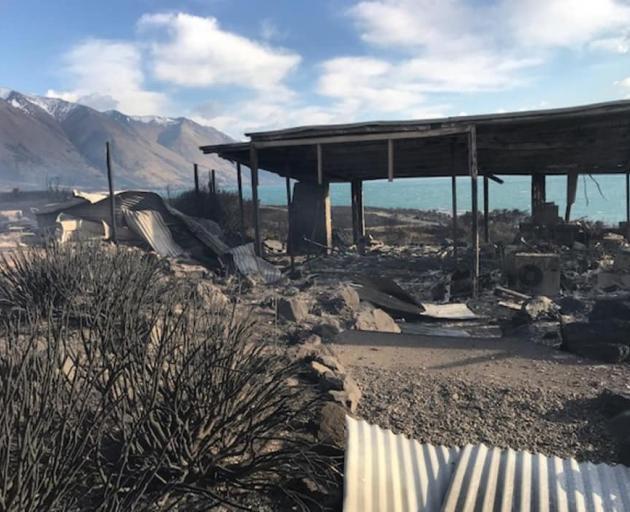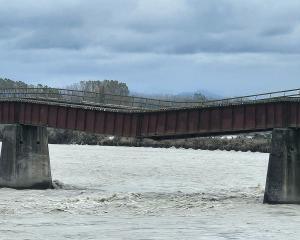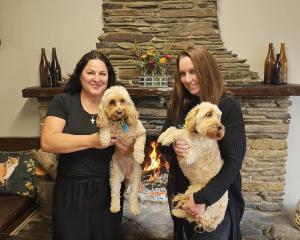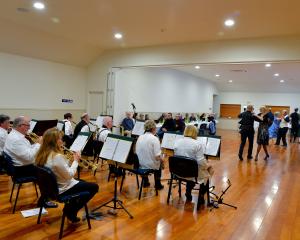
The Insurance Council of New Zealand yesterday released preliminary figures for the October 4-5 fire — $34.8million has been pegged for insured losses.
That compares with a payout of $18.3million for the 2017 Port Hills fires in Canterbury and $3.98million for the Tasman district fires last year.
The Ohau fire has resulted in 154 confirmed claims for house and contents, 19 for business and commercial and 24 vehicle claims.
A final figure for the losses will be reported next year.
Embers burning upwind of the Mackenzie Basin village were the primary source of ignition for many of the 48 properties destroyed by the fire.
It started several kilometres from the village and advanced on several fronts, to cover more than 5000ha.
It gained speed and intensity above the village as it burned through grass and shrubs and then into plantation forests and wilding pines.
It then spread below the village into agricultural properties and conservation land.
Insurance Council of New Zealand chief executive Tim Grafton said the blaze was a poignant reminder of how quickly rural fires could spread.
"The fire has devastated the Ohau community, leaving many to rebuild their homes and lives from scratch," Mr Grafton said.
"It shows us just how important it is to insure adequately for unexpected events that can have such a significant impact."
Mr Grafton said he expected climate change to result in more extreme weather, such as droughts and floods.
In such circumstances, there was a greater risk of fires and those risks needed to be managed, he said.
Mr Grafton suggested moving combustible items such as woodpiles away from houses and keeping gutters clear and lawns mowed.
Barbecues posed a fire risk and campers and trampers needed to be careful.
Councils also had a role to play, Mr Grafton said.
"Similar to removing vegetation near your home, adequate firebreaks must be placed where trees grow close to townships. This helps to slow the spread of a fire and protect lives, homes and property of those who live there."












